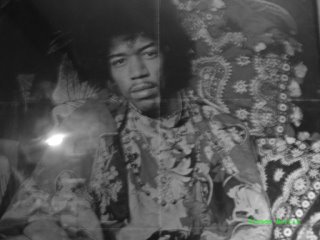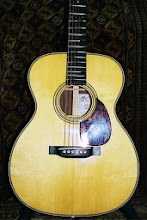
Before picking up this album I had heard only a handful of Gov’t Mule songs. I was decidedly split…some songs I liked and some songs I didn’t. It was about half & half. So I never ran out and picked up any Mule. Having run out of CDs to review, I decided to pick one up. The last song that I heard that I remember liking was Slack Jawed Jezebel. So I picked up the album
Deja Voodoo. All of the other albums I have reviewed have long been staples of my CD collection (save Ladell McLin). So they had been broken in and opinions had long been formed. It usually takes awhile for me to decide on an album like this.
My first impression was that Mule has a great bass player. He really keeps the bass line thumping on the upbeat songs.
My second impression was of the great equipment Warren Haynes uses. I’ve been into buying boutique effects over the last few years and I can tell ya Haynes has a magnificent setup.
Thirdly, Haynes likes to write and sing ballads. The first several songs on the album are very accessible and really groove. The second half of the album is heavy with ballads. It’s my opinion that for every couple of ballads he writes he hits upon one great one. Little Toy Brain and Wine & Blood are good examples. His other ballads are slow, a little long, and I have a hard time staying interested when his slow vocals are center stage. That being said, when he hits on a ballad that works, there’s nothing better. I would like to see him use an acoustic on his ballads. I think that would really work for him.
It seems also on his faster songs that he has trouble coming up with catchy hooks. This may be an unfair comparison but Anastasio is a great example of an artist who writes great hooks. Dave Matthews is another. All this being said, this is a rockin’ album. I can’t keep it out of my CD player. The ballads may grow on me with time but for now I tend to play tracks 1-6 over and over. For the album as a whole I give it 8 out of 10.
Editor’s note: I didn’t know until after I had written this review that Mule won a Jammy for this album. Also, I found an interview where he talks about his setup and nothing leaped out at me except one of his amps that he uses for recording. It’s a Maven Peal, which I’d never heard of. Here’s a link for you guitarists out there. http://www.mavenpeal.com/index.html It looks (and sounds) like an awesome high end amp. The price I saw on Harmony Central was $3,700.
 Special thanks to Dempsey for turning me on to this band.
Special thanks to Dempsey for turning me on to this band.




